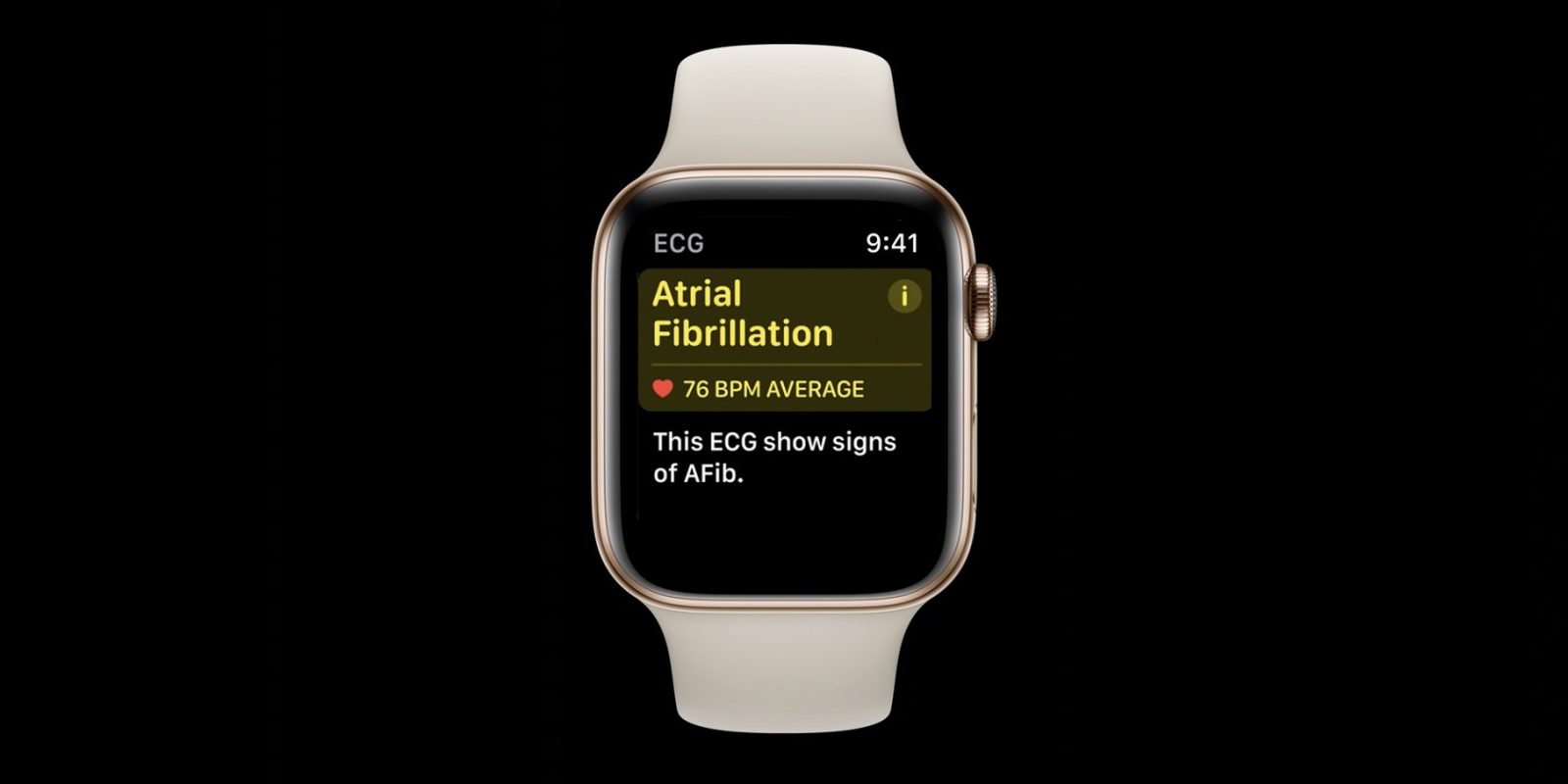
Health and fitness is a big focus for Apple and with iOS 14 and watchOS 7, HealthKit is seeing improvements for developers to do even more with health-related apps. Updates include a new ECG API that offers read access to third-parties, 13 new symptoms that can be tracked, as well as four new mobility data types.
Apple detailed the new capabilities in HealthKit with iOS 14 and watchOS 7 in a WWDC talk:
HealthKit is an essential framework that integrates first- and third-party health and fitness data to help people manage their personal health information. Learn about HealthKit’s latest updates, which provide read access to electrocardiograms on Apple Watch and log and track over a dozen new symptoms and their severity. We’ll also go through the latest mobility data types like walking speed and step length to help people monitor and understand their mobility over time.
First up, with iOS 14 there are now 39 total symptoms that can be tracked. That’s 13 new ones from the 26 currently available in iOS 13.5.1 (some of those may ship with iOS 13.6).
New trackable symptoms include mood changes, night sweats, diarrhea, wheezing, bloating, tiredness or fatigue, bladder incontinence, nausea, sleep changes, and sinus congestion. Here’s the full list:

Another change this year for HealthKit is the ability for third-party apps to read ECG data with the HKElectrocardiogram sample and HKElectrocardiogramQuery.

Finally, the last major change is four new mobility types that HealthKit can measure:
- Walking speed and step length
- Walking asymmetry and double support percentage
- Stair ascent and descent speed
- Six minute walk test distance
For more on developing with HealthKit, check out the resources below and find the full WWDC talk on HealthKit updates here.
Related content:
FTC: We use income earning auto affiliate links. More.






Comments